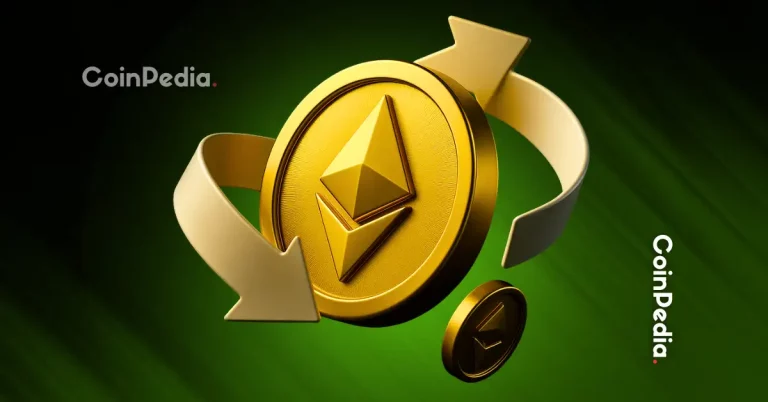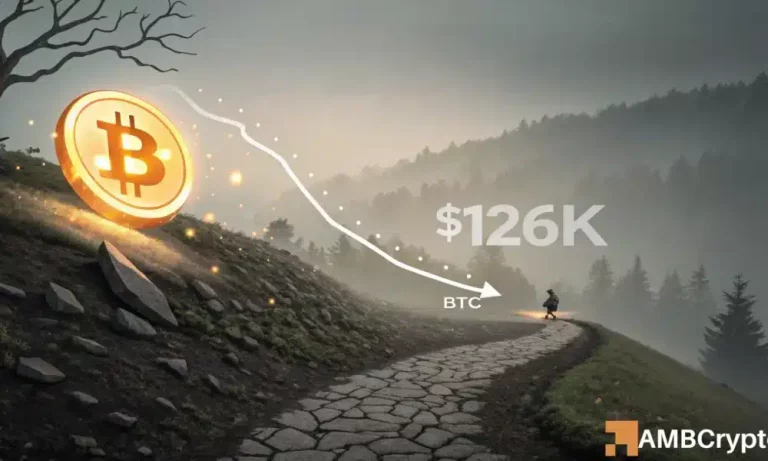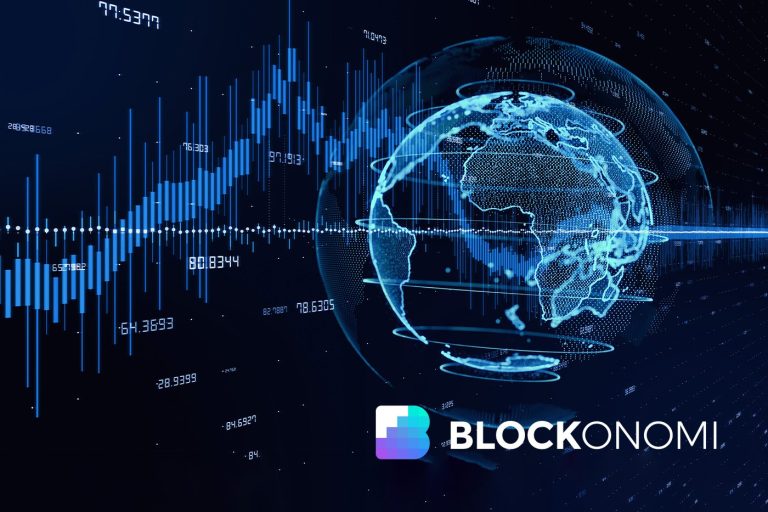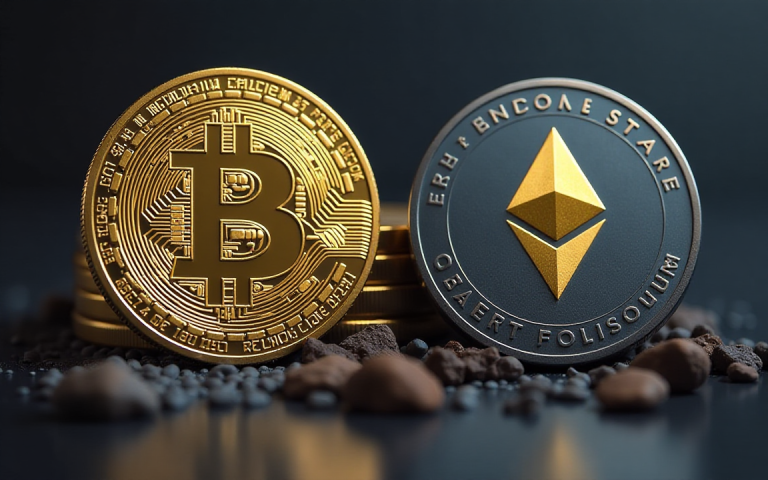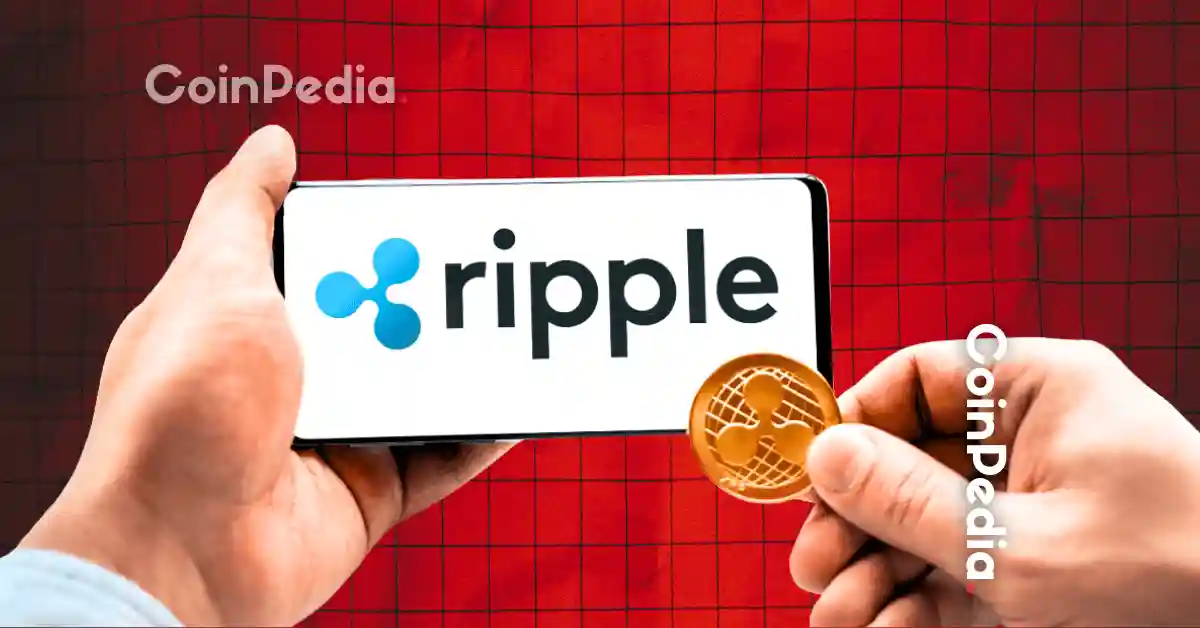
Introduction: The Rise of Digital Assets in Corporate Treasury
As businesses continue to embrace the digital revolution, treasury operations are undergoing a transformation. A recent joint report by Ripple and GTreasury highlights how digital asset infrastructure is reshaping corporate treasury strategies worldwide. With faster settlement times, reduced costs, and round-the-clock payment systems, digital assets are no longer just experimental technology—they’re tools driving operational efficiency for companies globally.
Faster Settlements: Revolutionizing Cross-Border Payments
Traditional banking systems often require up to two or three days to settle cross-border payments. Digital asset networks, on the other hand, complete these transactions within seconds. This dramatic improvement reduces delays, enhances payment visibility, and significantly cuts intermediary fees. For treasurers managing tight cash flows, the speed of digital asset settlements helps avoid disruptions, especially during critical international transactions.
Always-On Payments: A New Era of Global Operations
Unlike traditional banking, which operates within limited windows, digital asset rails run 24/7. This capability allows companies with global operations to make urgent payments, respond to market changes, or settle supplier invoices at any time, including nights, weekends, and holidays. Such flexibility is invaluable for businesses spread across multiple time zones.
Blockchain and XRP: The Backbone of Digital Payment Systems
The report emphasizes the role of blockchain technology and the XRP cryptocurrency in streamlining global payments. Blockchain serves as the secure ledger that ensures transparency, while XRP acts as a settlement asset due to its fast processing times, deep liquidity, and institutional-grade stability. As a result, XRP enables companies to handle high-volume global transactions with reduced friction.
The Core Components of Digital Asset Infrastructure
Digital asset infrastructure is built on three key components:
- Blockchain: The foundational ledger system that secures and records transactions transparently.
- Stablecoins: Digital currencies pegged to traditional currencies, offering stability in value and easing price volatility concerns.
- Smart Contracts: Automated agreements that minimize manual oversight and streamline treasury processes.
Adoption is Growing: Real-World Use Cases
While digital asset infrastructure once seemed theoretical, many financial institutions are now leveraging blockchain-based payment systems in live production environments. These transactions involve real money, adhere to compliance regulations, and reflect a level of maturity that surpasses mere pilot programs. The Ripple and GTreasury report predicts further adoption as organizations continue to demand faster, more affordable, and more reliable ways to manage international payments.
Enhancing Corporate Treasury with Digital Asset Tools
For companies frequently handling cross-border transactions or managing liquidity across time zones, digital asset infrastructure offers transformative benefits. By streamlining operations with technologies like blockchain and stablecoins, businesses can reduce costs, improve efficiency, and stay competitive in an ever-evolving global landscape.
Recommended Product: Ledger Nano X—Secure Your Digital Assets
If your company is ready to adopt digital assets, it’s crucial to secure them with reliable tools. The Ledger Nano X offers top-notch security and ease of use for managing cryptocurrencies like XRP. Its robust design and Bluetooth connectivity make it an excellent choice for both beginners and professionals.
Conclusion
Digital asset infrastructure is paving the way for a new era in corporate treasury management. With advanced technologies enabling faster, cheaper, and more transparent global payments, businesses have the opportunity to streamline operations and enhance financial agility. As adoption grows, companies should explore these solutions to future-proof their operations and stay ahead of competitors.
